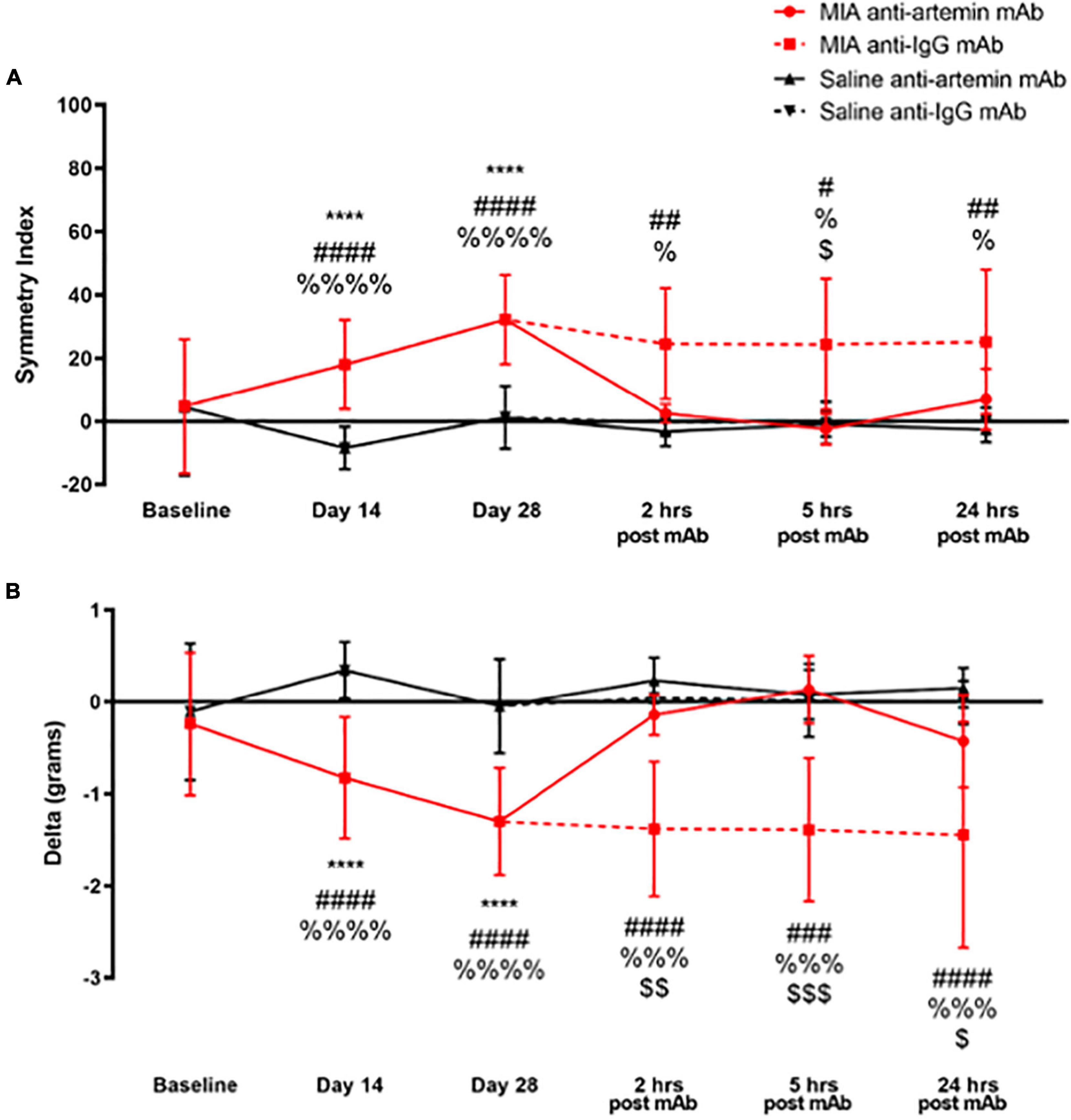Body weight evolution in control (C), restrained (R) and hindlimb
$ 11.00 · 5 (118) · In stock


Body weight gain, lymphoid organ normalized weight and spleen

Transcranial photobiomodulation mitigates learning and memory impairments induced by hindlimb unloading in a mouse model of microgravity exposure by suppression of oxidative stress and neuroinflammation signaling pathways - ScienceDirect

Excessive apoptosis of Rip1‐deficient T cells leads to premature aging

Testosterone boosts physical activity in male mice via dopaminergic pathways

Diet of Mesozoic toothed birds (Longipterygidae) inferred from quantitative analysis of extant avian diet proxies, BMC Biology

The experimentally derived joint angles (A), and ground reaction

Frontiers Investigating the Role of Artemin and Its Cognate Receptor, GFRα3, in Osteoarthritis Pain

Tetrapod terrestrialisation: a weight-bearing potential already present in the humerus of the stem-tetrapod fish Eusthenopteron foordi
Three Weeks of Murine Hindlimb Unloading Induces Shifts from B to T and from Th to Tc Splenic Lymphocytes in Absence of Stress and Differentially Reduces Cell-Specific Mitogenic Responses

Energy Balance and Thermoregulation

Excessive apoptosis of Rip1‐deficient T cells leads to premature aging

Spinal sensorimotor circuits play a prominent role in hindlimb locomotor recovery after staggered thoracic lateral hemisections but cannot restore posture and interlimb coordination during quadrupedal locomotion in adult cats

MicroRNAs mediate precise control of spinal interneuron populations to exert delicate sensory-to-motor outputs